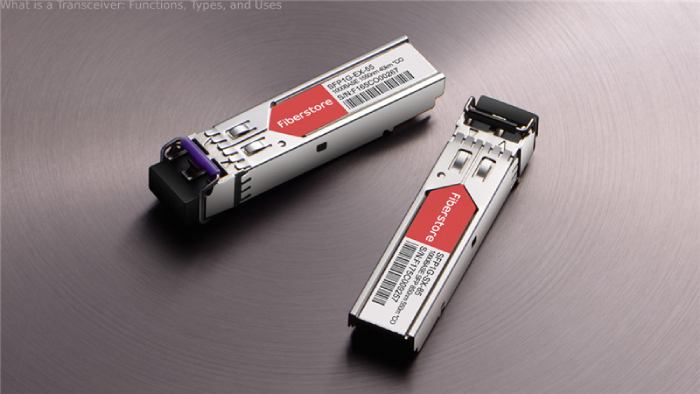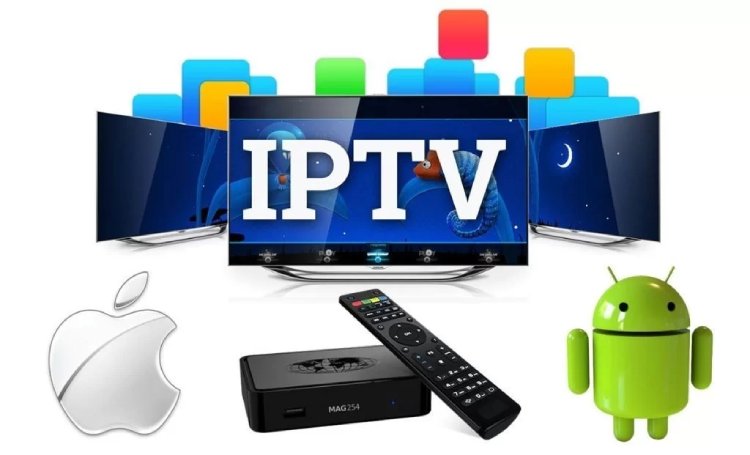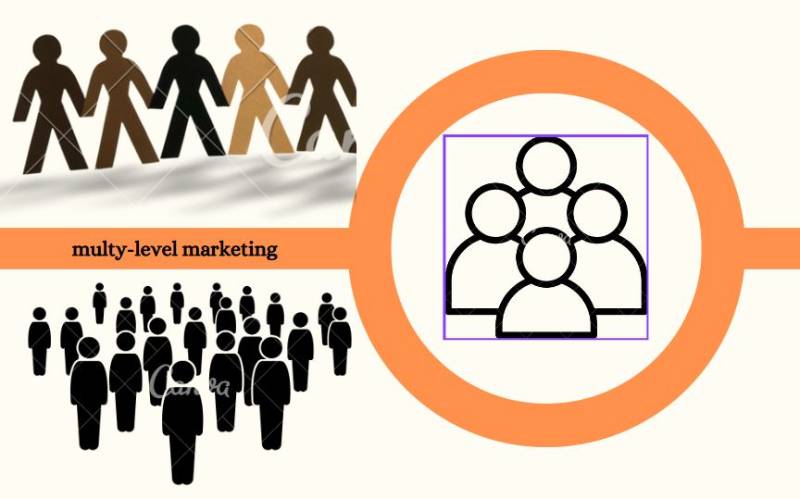A transceiver is essential for sending and receiving data in networking and telecommunications. Transceiver, a name that combines the words transmitter and receiver, denotes the device’s dual capability.
It functions as a bridge between numerous communication tools and makes it possible to send data in many different formats, including voice, video, and digital data.
We shall explore the operational concepts, varieties, and uses of transceivers in this article.
Table of Contents
How a transceiver operates:
A transceiver is fundamentally an electrical gadget that combines the capabilities of a transmitter and a receiver. Simultaneously sending data from one end and receiving it at the other enables two-way communication. An electrical signal must be converted into an optical or radio frequency signal for transmission and vice versa for a transceiver’s reception.
Data is delivered across optical fibers by light pulses in optical transceivers. A laser diode that transforms electrical signals into optical signals makes up the transmitter part. The fiber optic cable is then used to carry these optical messages. A photodiode at the receiving end transforms the optical data into electrical signals to be processed further.
The procedure is identical to radio transceivers, except radio waves are used instead of light. Electrical signals are transformed into radio frequency signals at the transmitter component, which transmits them via antennas. The receiver component uses an antenna to pick up the radio frequency signals, which then transform into electrical impulses.
Transceiver types:
Transceivers are available in various forms and formats to meet different communication requirements. Here are a few examples of typical transceiver types:
- Transceivers used in fiber optic communication systems are called optical transceivers. They are compatible with a variety of optical interfaces, including SFP, SFP+, QSFP, and CFP. Data centers, telecommunications networks, and long-distance communication applications often employ optical transceivers.
- Radio transceivers: These devices use the radio frequency spectrum to communicate. They are used in two-way radios, cellular networks, Wi-Fi networks, and other wireless communication systems. A few megahertz to many gigahertz is the range of frequencies that radio transceivers can operate in.
- Ethernet transceivers, sometimes called media converters, enable the fusion of various Ethernet network architectures. They increase the range and adaptability of network connections by enabling the conversion between copper-based Ethernet and fiber-optic Ethernet.
Transceiver applications include:
Transceivers are used in various fields, such as broadcasting, networking, and telecommunications. The following are some prominent uses for transceivers:
- Transceivers are frequently utilized in networks for data communication, such as local area networks (LANs) and wide area networks (WANs). They allow smooth communication and effective data transfer between various devices.
- Transceivers are essential to wireless communication systems, including wireless internet, satellite communication, and mobile phones. Therefore provide wireless connection and mobile communication by allowing the transmission and receipt of signals over the air.
- Transceivers are crucial parts of broadcasting systems, such as those used for radio and television broadcasts. Hence allowing broadcasting stations to send audio and visual signals to receivers, facilitating the worldwide distribution of knowledge and enjoyment.
- Military and Defence: The use of transceivers in military and defense communication systems is substantial. Uncrewed aerial vehicles (UAVs), radar systems, and military personnel employ them for safe and dependable communication.
Conclusion:
Transceivers are the foundation of many systems in modern communication, providing adequate data transfer and seamless connectivity with their dual purposes.
Also read:-Four Concrete Advantages Of Drone Technology
- Drones: Basic Uses, Information, Features & More – 2024 - April 9, 2024
- When to Use Asymmetric vs Symmetric Encryption - April 8, 2024
- 7 Key Benefits of opting .NET for Web Development in 2024 - April 6, 2024



